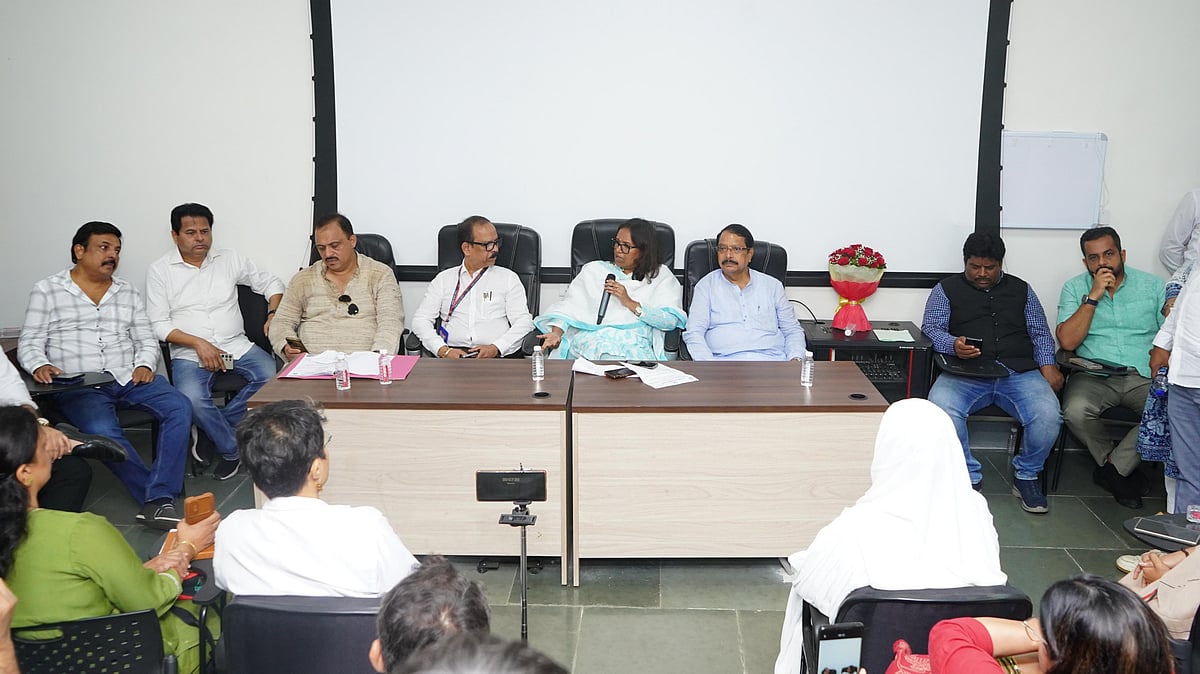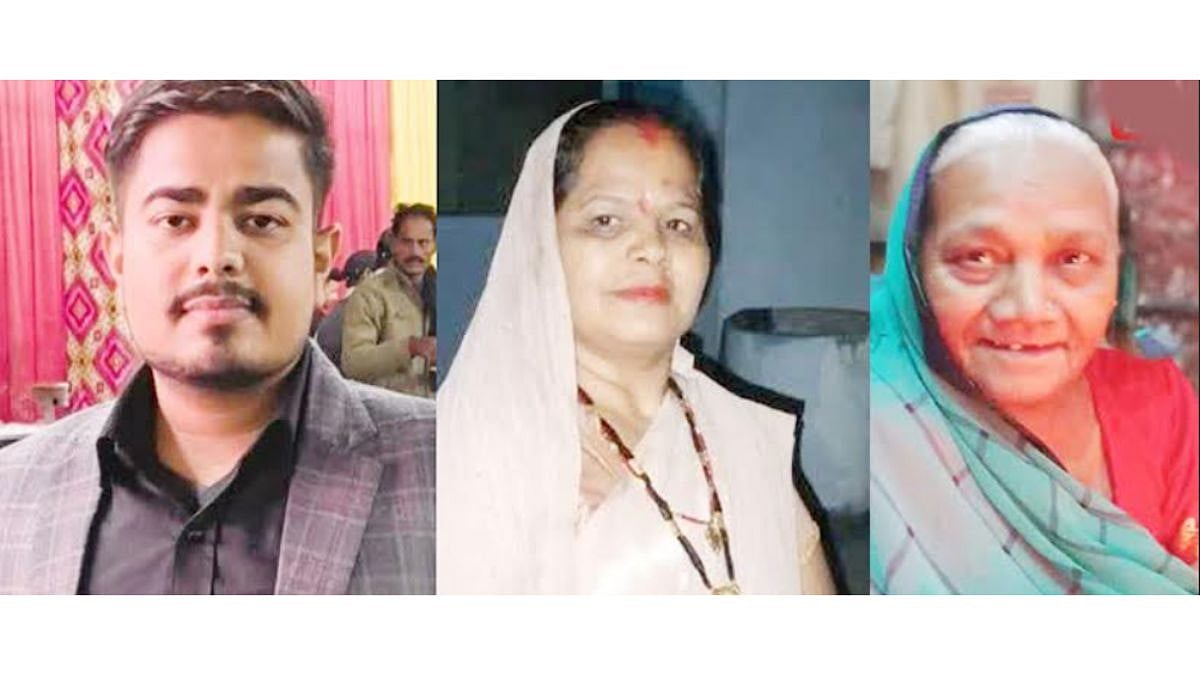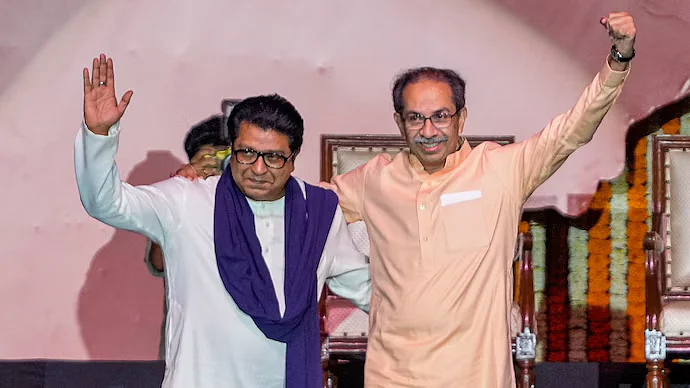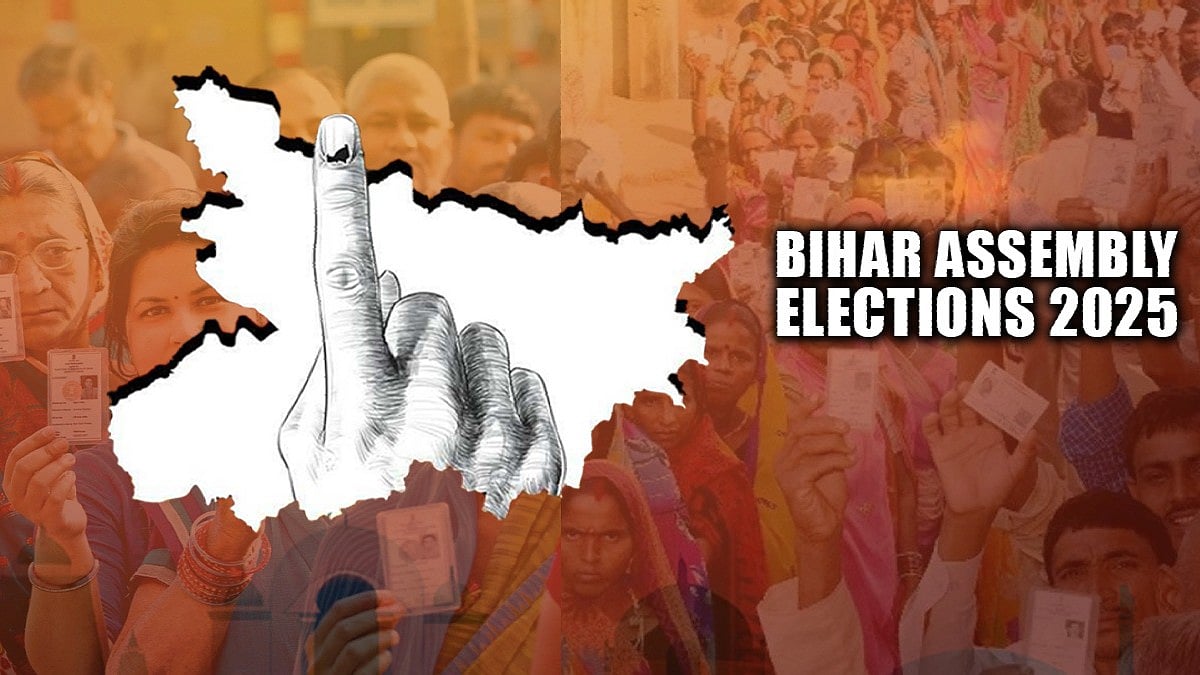The 57th (future) Chief Justice of India KV Vishwanathan is arguably a conformist like the six judges who will precede him as CJI with the exception of Justice Sanjiv Khanna who is not afraid to call a spade a spade. The five-member collegium led by the 50th Chief Justice of India (CJI) Dhananjay Chandrachud has recommended the names of senior advocate KV Vishwanathan and Andhra Pradesh chief justice Prashant Kumar Mishra, who has superseded Allahabad High Court chief justice Pritinker Diwaker as Supreme Court judges.
If the Narendra Modi government clears his name, Vishwanathan will be the fourth CJI on August 12, 2030 to be sworn in directly from the bar, and the tenth Supreme Court judge to be elevated from the bar to the bench. There have been 266 Supreme Court judges till date, a few of them quite controversial unlike the future CJIs who will not disturb the status quo.
CJI Chandrachud who is a liberal judge unlike most of his predecessors, because of his Harvard education, took the unprecedented step of iterating the name of senior advocate Saurabh Kirpal for elevation as a judge of the Delhi high court overruling the Modi government’s objections that he is a national security risk because is live-in gay partner is employed by the Swiss embassy.
Vishwanathan who is a Malayali advocate, will head the judiciary for nine months from 2030. Mishra and Vishwanathan were recommended 24 hours before the retirement of Justices Dinesh Maheshwari and Mukeshbhai Rasiklal Shah who retired amidst the customary flowery tributes paid to them by fawning lawyers and judges.
After CJI Chandrachud demits office next year, Justices Sanjiv Khanna, Bhushan Gavai, Surya Kant, BV Nagarathna, PS Narsimhan and JB Patnaik will each be sworn in as CJIs before Vishwanathan is sworn in. Justice Bhushan Gavai will be the second Dalit CJI after the 37th CJI KG Balakrishnan who had an unsavoury reputation. Despite the Dalit tag, Justice Gavai has a distinguished pedigree as his father was the governor of Maharashtra and his brother is a doctor. He superseded senior judges like former chief justice Abhay Oka of the Karnataka High Court to enter the Supreme Court without becoming a chief justice of any high court.
The Modi government would have cleared Vishwanathan’ s name in October 2022 after a former CJI Uday Umesh Lalit circulated these names before a collegium comprising Justices Chandrachud and SA Nazeer who objected to circulation rather than a face-to-face discussion about the merits of these wannabe judges who were to be elevated to the Supreme Court.
Two other collegium members, SK Kaul and KM Joseph supported CJI Lalit’s irregular method of circulating the names. When judges from the bar (like Uday Umesh Lalit, PS Narasimhan and KV Vishwanathan) take over as CJI they have to rely on the opinions of their collegium members because they have not been high court judges. Conversely, when CJIs like DY Chandrachud follow the normal route of advocate general - high court judge - chief justice - Supreme Court judge - CJI, they know the weaknesses of their colleagues and how registries may sometimes succumb to pressures from senior advocates to list their matters for hearing despite being low in the queue.
Then law minister Kiren Rijiju’s quip that just 50 top lawyers dominate litigation in the Supreme Court because they are fluent in English seems to bear weight because four among these heavyweight senior advocates refused Supreme Court judgeship. One was senior advocate Iqbal Chagla who practices mainly in the Bombay High Court and is the son of the first CJI MC Chagla. The other was Fali Nariman, who was offered a Supreme Court judgeship by the late CJI YV Chandrachud. Iqbal Chagla’s son, Riyaz Chagla is a judge of the Bombay High Court while the late Fali Nariman’s son, Rohinton Nariman, retired as a Supreme Court judge.
Former solicitor general V Venugopal also refused judgeship while the Modi government opposed the elevation of Gopal Subramaniam to the Supreme Court because like Saurabh Kirpal, the government felt he was a security risk.
Interestingly, Chief Justice Mishra from the Andhra Pradesh High Court has superseded his senior from Chhattisgarh, Chief Justice of the Allahabad High Court, Justice Pritinker Diwaker. The collegium found Justice Mishra to be more deserving and suitable in all respects to be elevated as a judge of the Supreme Court rather than his senior, CJ Diwaker. .
It is a travesty to justice that the number of reported judgments, disposal rates and other parameters used to evaluate a high court judge before elevating him to the Supreme Court are not displayed in the collegium resolutions. When a judge enters the zone of consideration for elevation to the Supreme Court, how the Modi government perceives him apart from the Supreme Court collegium, both matter.
To oppose elevation to the Supreme Court, the government may use banal excuses of lack of representation to deprived communities or other high courts in the country whose verdicts may have gone against the government like Justice KM Joseph and sidelined Chief Justice of the Rajasthan High Court Akil Kureshi.
But there are exceptions like Justice Dipankar Dutta who was brought from the Calcutta High Court to head the Bombay High Court. There are few if any outstanding judgments to justify his elevation to the Supreme Court notwithstanding the fact that he was an efficient judge. His elevation as a Chief Justice of the Bombay High Court was only a prelude to being elevated to the Supreme Court. If a chief justice of the Bombay High Court is not elevated to the Supreme Court, the collegium has adverse material about that judge.
Finally, not all those who are elevated to the Supreme Court may be shining examples of merit alone because the Modi government opposed a post-retirement post for Justice Gyan Sudha Mishra who was always late in attending court and displayed two of her daughters under the liabilities column of her declared assets provoking a national newspaper to publish a news item. The then CJI RM Lodha apologised for her late entry even at her farewell function by pointing out she had to tend to an ailing husband.
Justices of the Supreme Court who deliver justice for the nation may not always be the embodiments of supreme justice themselves. That is why the Supreme Court is supreme because it is final but not infallible.
Dr Olav Albuquerque holds a PhD in law and is a senior journalist and advocate at the Bombay High Court.










